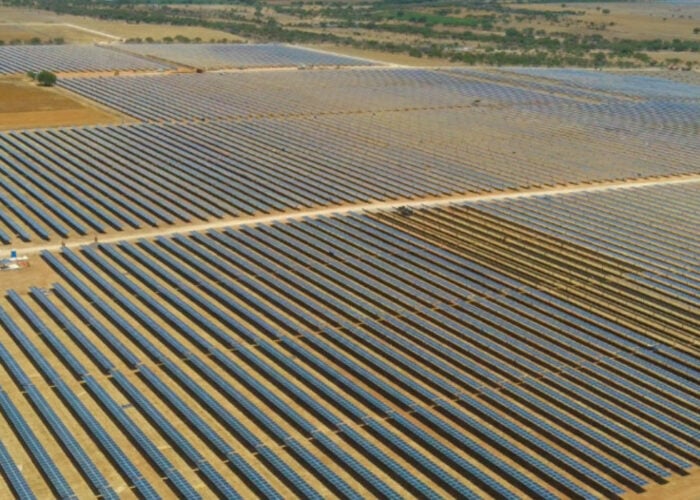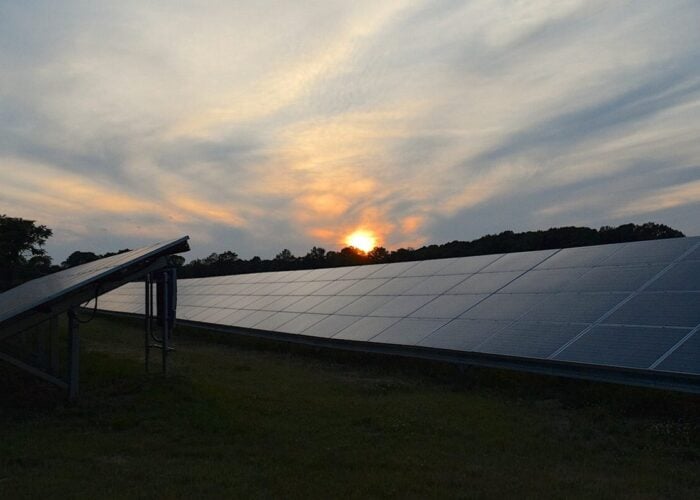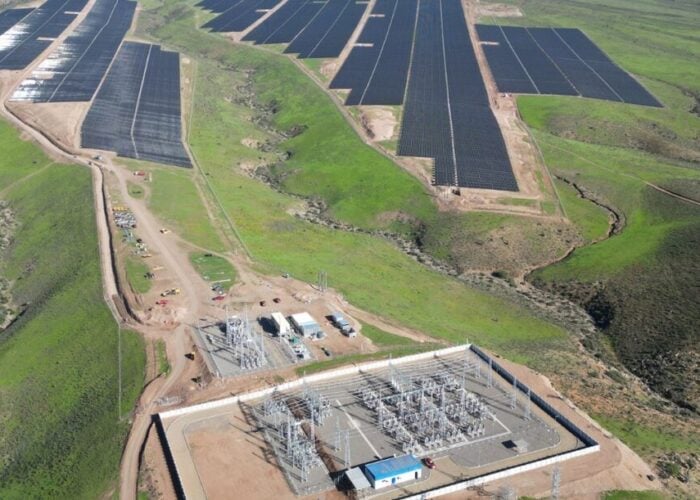A programme for introducing 500MW capacity of solar power in Bangladesh will cost an estimated US$2.76 billion, according to a document issued by the government’s Ministry of Power, Energy and Mineral Resources.
Around US$1.77 billion will be required for commercial projects, while development partners will offer financial support of around US$2.23 billion, consisting of US$1.38 billion in grants and US$0.85 billion in credit. The remainder of financing is expected to come from government and private sector.
Try Premium for just $1
- Full premium access for the first month at only $1
- Converts to an annual rate after 30 days unless cancelled
- Cancel anytime during the trial period
Premium Benefits
- Expert industry analysis and interviews
- Digital access to PV Tech Power journal
- Exclusive event discounts
Or get the full Premium subscription right away
Or continue reading this article for free
The government intends to bring total power generation for the country to 16,000MW by 2015, of which it intends to generate 800MW from renewable energy sources. The 500MW of solar, as a proven abundant resource in Bangladesh, will account for the majority of that figure. In order to reach a “dependable generation output” of 800MW, the country expects to install somewhere between 1GW and 1.2GW in renewable energy capacity.
The Asian Development Bank (ADB) declared its intention to push renewable energy development in the Asia-Pacific region up to 3,000MW of solar power by 2013, introducing the Asia Solar Energy Forum (ASEF) in 2010 as a means of advancing its Asia Solar Energy Initiative (ASEI). At the July 2010 ASEF event, ADB signed an agreement with Bangladeshi prime ministerial advisor Taufiq-e-Elahi setting the government’s own 500MW plan in motion.
There will be two elements: 340MW of commercial private sector use and 160MW of social sector projects. Projects will be spread across a diverse range of applications, with commercial to include 10,000 solar irrigation pumps for rice production, which is intensive in its use of water, mini-grid solar power systems for remote areas and islands, 100-150MW capacity in solar parks and 10MW in rooftop solar power generation. Social projects will include solar electrification at railway stations, at village information stations, solar LED street lights; solar installation in religious establishments, especially in remote areas, and solar power for government buildings.






